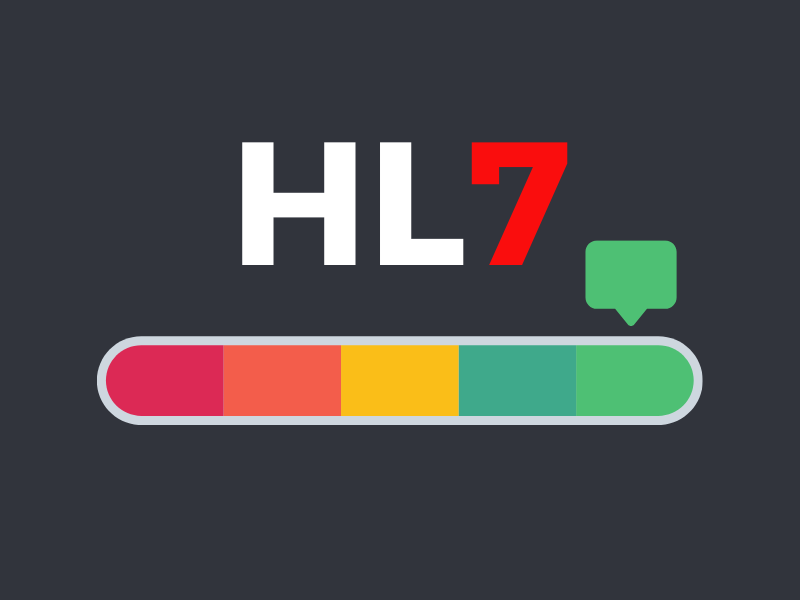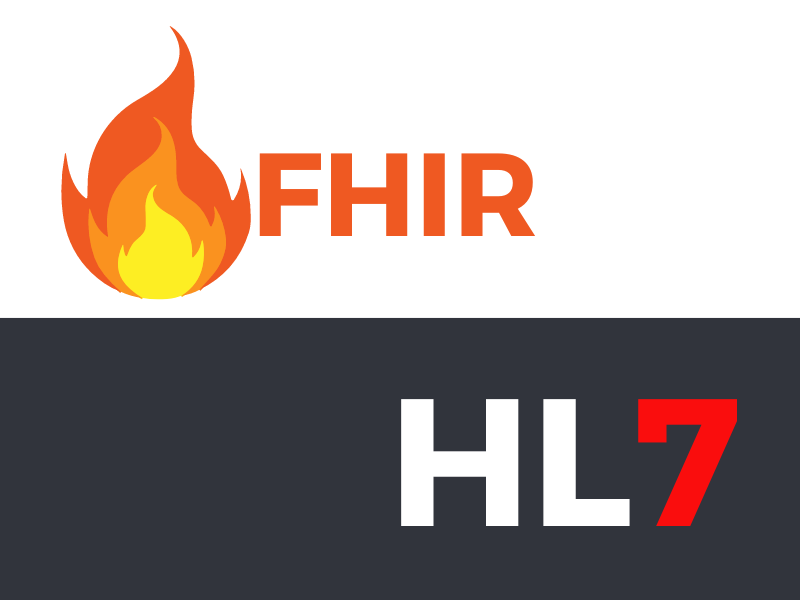HL7, or Health Level 7, has different versions that impact healthcare interoperability and data exchange.
Understanding these versions and what sets them apart can help your organization stay up-to-date with the latest HL7 developments. At the same, it enables you to implement systems that can strategically adapt and align with the evolving standards of the healthcare industry.
Table of Contents

Introduction to HL7 Versions
There are three versions of HL7 standards in healthcare:
- HL7 Version 2 (v2)
- Version 3 (v3)
- FHIR
The majority of HL7 messaging utilizes 2.3 or 2.3.1 versions of the standard. Meanwhile, newer versions like the v3 only represent a small portion of real-world interfacing. With the passage of ARRA / HITECH, HL7 version 2.5.1 is the preferred healthcare standard for certification requirements.
Importance of HL7 Versions in Healthcare
HL7 versions play a big part in ensuring seamless communications and health data exchange between different systems. Each version offers advancements that have allowed organizations to streamline workflows, improve care coordination, and facilitate informed decision-making processes. Understanding what each version is and what it entails equips you with the knowledge and expertise necessary to navigate the complexities of the healthcare interoperability landscape.
What Is HL7 v2?
The most widely used version among the three is HL7 v2, which aims to provide enterprise-wide interoperability between health information systems. It uses standardized messages such as demographics, medical orders, results, financial details, and administrative activities.
The HL7 v2 is not a complete plug-and-play interoperability solution but is considered the “non-standard standard.” This means it can provide 80% of the interface foundation while the remaining 20% requires some customization, allowing greater flexibility in repeating and optional segments.
What Is HL7 v3?
HL7 v3 is used to implement the Clinical Documentation Architecture (CDA) for electronic documents. It was developed based on the Reference Information Model (RIM), allowing standardization and format consistency.
The goal is to build a firm and reliable HL7 standard that supports data exchange between healthcare systems. Although both HL7 v3 and HL7 v2 are standards for exchanging healthcare information, they are incompatible due to their different levels of complexity.

What Is HL7 FHIR?
The latest HL7 version is the FHIR or Fast Healthcare Interoperability Resources, a standard for healthcare data exchange. It combines the previous versions, HL7 v2, and HL7 v3.
FHIR uses the HL7 API to transmit standardized healthcare data such as clinical observations and patient demographics. Moreover, it allows third-party apps to access information from EMRs while utilizing SMART (Substitutable Medical Applications, Reusable Technologies), an authentication framework for third-party healthcare apps.
Key Differences and Updates Across HL7 Versions
HL7 v2
First released in October 1987, the HL7 v2 was developed as an Application Protocol for Electronic Data Exchange in Healthcare Environments. Meanwhile, the latest update to the Version 2 Standard is the V2.7, which was published in 2011.
According to hl7.eu, key updates for this version include:
- Added Conformance Length definition (Chapter 2)
- Moved numerous tables to a new chapter, Chapter 2C
- IS data type deprecated in favor of CWE data type
- Introduction of new IAR (Allergy Reaction) message in Chapter 3, Patient Administration
- Introduction of new OML (Specimen shipment centric laboratory order) message in Chapter 4, Orders
- Introduction of new SHP (Specimen Shipment Manifest) in Chapter 7, Observations
- Introduction of new PRT (Participant Information Segment) in Chapter 7, Observations
- Introduction of Collaborative Care messages to Chapter 11, Patient Referral
HL7 Version 3
When comparing HL7 v2 vs v3, the latter utilizes XML-based messaging to address the customization issue of the previous version. However, it is much more complex than the v2, and implementing such needs familiarity and a steep learning curve. The 2015 Normative Edition of the V3 includes standards for patient care and public health.
Key updates:
- Storyboard descriptions, trigger events, interaction designs, and domain object models derived from the RIM
- Hierarchical message descriptors (HMDs) and a prose description of each element
- Implementation of these domains further depends upon a non-normative V3 Guide and normative specifications for data types, the XML technical specifications (ITS) or message wire format, message and control “wrappers,” and transport protocols.

HL7 FHIR
This is the newest HL7 version for data storage and exchange. However, it is not widely used, unlike its predecessors. The latest update, HL7 FHIR R5, is an expanded version of its previous standard. It also offers better interoperability, particularly in healthcare systems that employ modern technologies such as cloud computing and mobile apps.
- Integrates topic-based subscription capabilities into the core specification
- Substantial revisions to the Medication Definition resources
- New resources for various health-related information
- New operations such as Groups and Lists.
- Improved management of coded terminologies
Choosing the Right HL7 Version for Your Business
HL7 standards, including HL7 Version 2 (V2), Version 3 (V3), and Fast Healthcare Interoperability Resources (FHIR), offer different capabilities and levels of flexibility. It is crucial to assess your business needs and goals before selecting the appropriate version.
Consider factors such as your organization’s infrastructure, regulatory compliance, and desired outcomes. Doing so can ensure smoother implementation while preventing unnecessary complications and costly migrations.







